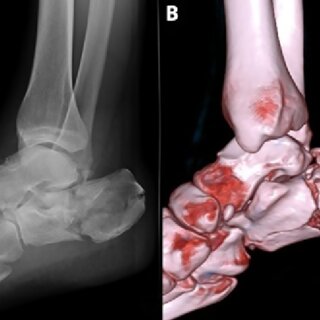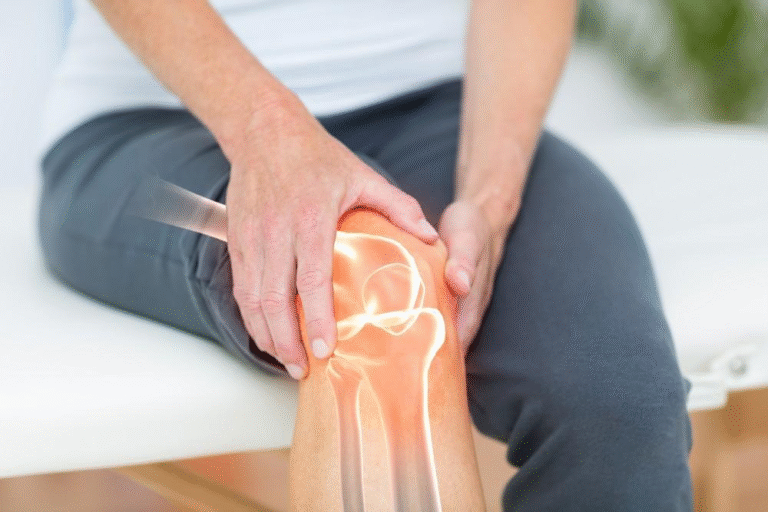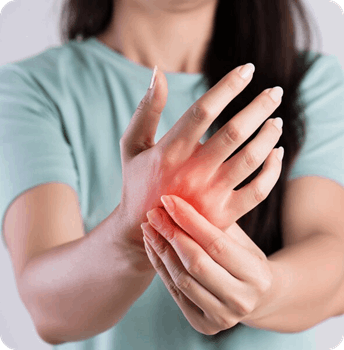Tips for Managing Pain After Orthopedic Surgery

Pain is a common and expected part of recovery after orthopedic surgery. Managing discomfort effectively supports mobility, improves sleep, and helps prevent complications during the healing process. The field of orthopedics focuses on restoring function to the musculoskeletal system, but recovery depends heavily on what happens after the procedure. A well-organized pain management plan can shorten downtime and reduce reliance on medication. Patients benefit from knowing what to expect and which strategies can be used to reduce pain and support function from the very first day.
Prescribed Medication
After surgery, patients are often prescribed a combination of pain-relief medications. These may include anti-inflammatory drugs, muscle relaxants, or short-term opioids to address acute pain. It’s critical to take these medications only as directed and to stay in close contact with the care team. Using more than prescribed or stopping suddenly without a provider’s guidance can lead to avoidable setbacks. In orthopedics, balancing medication with non-drug options is key to managing symptoms safely. When medication is used alongside movement, rest, and physical therapy, pain tends to become more manageable over time.
Cold therapy is one of the most effective non-pharmacological methods for controlling post-surgical pain. Ice packs or cooling devices reduce inflammation around the surgical site, particularly during the first 72 hours. Elevating the affected limb can help control swelling and improve circulation, both of which support healing. For many orthopedic procedures, providers recommend using ice and elevation multiple times throughout the day. This approach works best when combined with brief periods of movement or gentle stretching. Following proper technique helps avoid skin damage while maximizing the benefits of cold therapy.
Movement
While rest is necessary, staying immobile for too long after orthopedic surgery may actually increase pain and stiffness. Physical therapists typically introduce basic exercises as soon as it is safe to do so. These may begin with simple ankle pumps or shoulder rolls and progress to walking or strengthening routines.
Controlled movement stimulates blood flow, prevents clotting, and promotes tissue recovery. In orthopedics, early movement often correlates with faster return to normal function. Each stage of movement should be monitored to avoid strain while still encouraging gradual improvement.
Nutrition and Hydration
What patients eat and drink after surgery can influence inflammation, energy levels, and pain perception. Foods rich in lean protein, vitamins C and D, and omega-3 fatty acids support tissue repair and reduce inflammatory response. Staying hydrated aids in circulation and may also minimize muscle cramping and fatigue. Some orthopedic providers may recommend supplements to fill specific nutritional gaps during recovery. Balanced meals can help prevent weight gain, maintain muscle tone, and stabilize mood during periods of reduced activity. Paying attention to nutrition gives the body better tools to respond to both healing and discomfort.
Mind-Body Techniques
Pain has both physical and mental components. Relaxation techniques such as deep breathing, guided imagery, or meditation can interrupt the pain cycle and reduce overall discomfort. Distraction through music, light reading, or short conversations may also help take focus away from the sensation.
These techniques are often used in combination with traditional pain relief strategies to support a more complete recovery. In the field of orthopedics, providers increasingly recommend mindfulness or other non-invasive tools to help regulate the nervous system’s response to pain. These approaches are especially helpful for those experiencing long recoveries or anxiety related to surgery.
Explore Orthopedics
Open, ongoing communication with the surgical team helps address pain management issues as they arise. Patients should report any unexpected changes in pain level, new symptoms, or concerns about medication side effects. Providers may adjust treatment plans based on this feedback to better match the recovery process. In some cases, advanced pain management techniques such as nerve blocks or non-opioid injectables may be discussed. Orthopedics requires a personalized approach to pain, especially when joint or spine function is involved. Timely updates from the patient allow for better coordination and fewer complications.
- What to Expect When Visiting a Foot and Ankle Specialist
- Causes of PTSD
- The Link Between Plantar Fasciitis and Weight Gain: What You Need to Know
- How Pet Ownership Can Positively Impact Life with Fibromyalgia
- The Importance of Stretching and Flexibility in Sports Medicine
Dr. Emma Green is a health and wellness expert with over 10 years of experience in nutrition and fitness. Passionate about helping others live their healthiest lives, Dr. Green shares practical advice on wellness, nutrition, and sustainable living through LivingSpristine.






